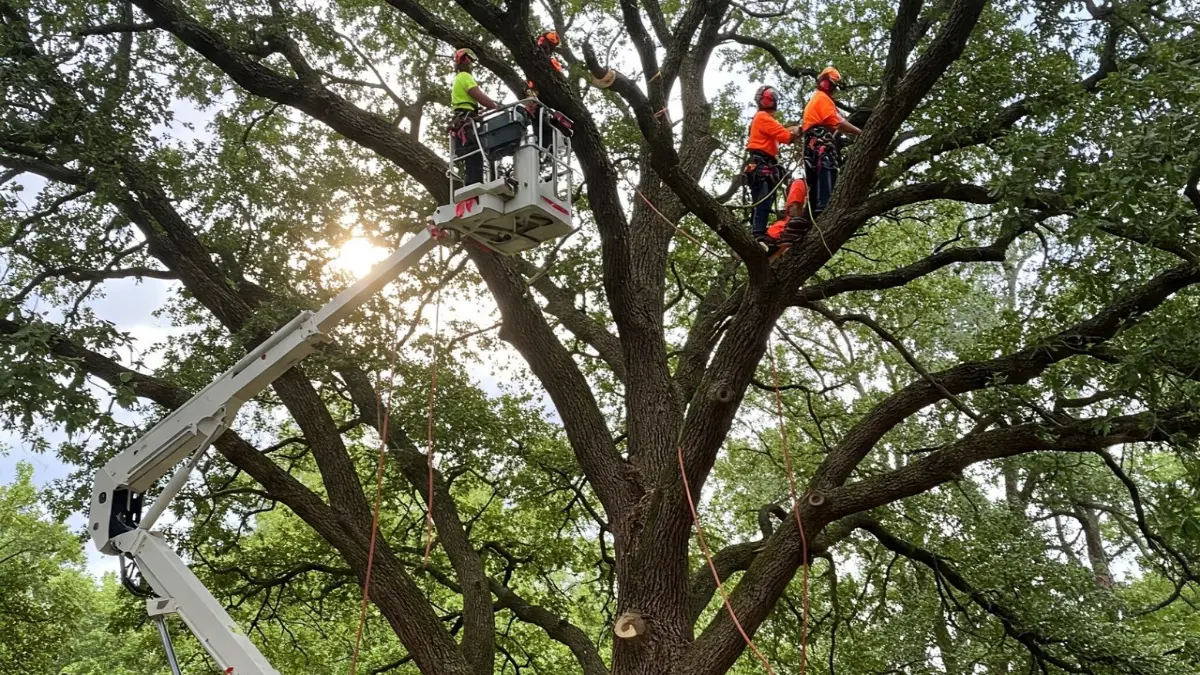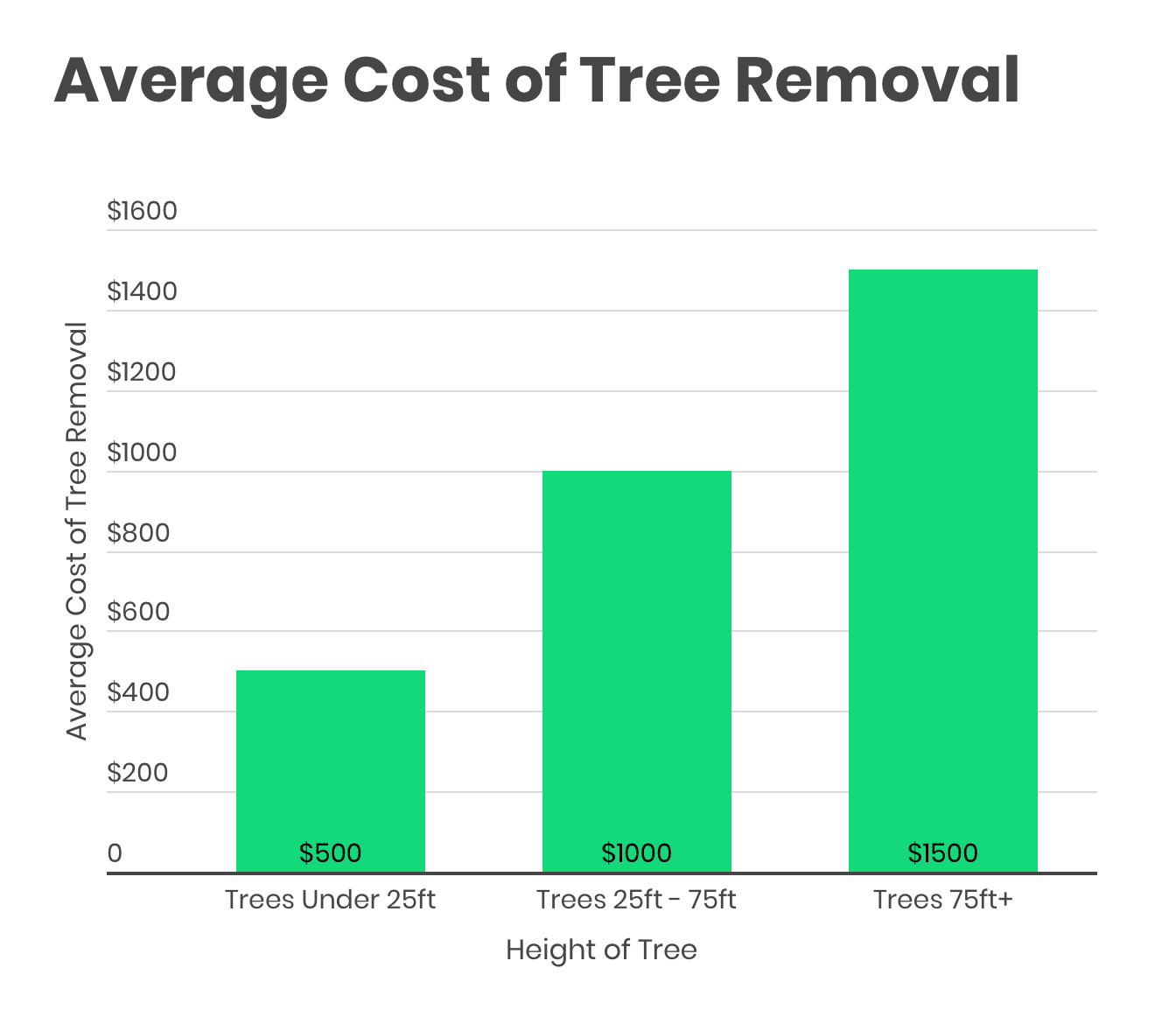Featured
Table of Contents
- – Monterey Park, CA Tree Cutting Price Analysis
- – Monterey Park, CA Tree Clearing: Actual Costs
- – Monterey Park, CA Stump Grinding: What Not To...
- – Monterey Park, CA Tree Cutting: What To Budget
- – Monterey Park, CA Tree Service Consultation C...
- – Monterey Park, CA Tree Service: Hourly Rates
- – Monterey Park, CA Tree Removal: Cost Variables
- – Real Monterey Park, CA Tree Cutting Reviews
- – Household Arborist Costs In Monterey Park, CA
- – Monterey Park, CA Tree Service Honest Pricing
- – Monterey Park, CA Tree Removal Pricing Trends
- – Are A Arborist Worth The Cost In Monterey Pa...
- – Coverage Costs For Stump Grinding In Montere...
- – Monterey Park, CA Tree Cutting Payment Options
- – Residential Tree Cutting Costs In Monterey P...

The subsections listed below provide more in-depth information about rates, including a typical range for each. TypeAverage Removal CostPineConiferPalmMagnoliaArborvitaeAshCedarSweet GumEucalyptusSycamoreCypressOakMaplePoplar You can expect to pay between to eliminate a pine, depending on its size. Removing a pine is among the more budget friendly tasks unless it is one that has been around for many years and is rather large.
Monterey Park, CA Tree Cutting Price Analysis
Pines also have a tap root that grows deep into the soil, which can show to be harder to eliminate. The procedure itself involves a professional cutting the tree, clearing the base, cutting the surface area roots, getting rid of the stump, and finally dealing with the soil. Without an expert hand, you risk leaving pine seedlings behind, which will fall from the roots of distressed pines.
Monterey Park, CA Tree Clearing: Actual Costs
The U.S. nationwide average for conifer elimination is approximately to have the conifer reduced, transported away, and the stump ground or gotten rid of totally. Conifers are generally much easier to eliminate, and despite the fact that they can grow quite tall, they do not cost a fortune to remove. Conifers include pine, spruce, fir, and juniper trees.
Monterey Park, CA Stump Grinding: What Not To Pay
While conifers are beautiful, they kill native plants and certain kinds of turf. This is because they require a lot of water and nutrients to endure, so they leach it off surrounding plants. They also have an expansive network of roots, which can impact your home's foundation. The typical cost of palm removal depends upon the height as much as the type, ranging from.
Monterey Park, CA Tree Cutting: What To Budget
That is why it is essential to understand which type you are eliminating. While you do not need an herbicide to kill a palm tree, there are some actions your elimination professional will need to require to make sure the job is done correctly. There are 2 ways they can get rid of them: by chopping them down or digging them up.
Monterey Park, CA Tree Service Consultation Costs
This is since small animals like rats and scorpions frequently reside in them. Plus, numerous types will have spikes, too. From there, they eliminate the actual tree and then the stump. Expect to pay between to eliminate this type of tree, depending upon the precise size and information of the task.
Monterey Park, CA Tree Service: Hourly Rates
There are 3 types: green, white, and black ash. With its gray-tinged bark, its leaves are green or purple in the spring and golden yellow or purplish-red in the fall.
Monterey Park, CA Tree Removal: Cost Variables

However, the bark is softer, and it flowers later in the year. Due to the variation in height, the removal cost variation is large from. A coniferous, evergreen tree, the cedar is a hardy species. True cedars enjoy greater elevations, primarily in the Mountain ranges and the Mediterranean. A real cedar can grow as high as 160 feet in height and is frequently planted in the United States as a landscape alternative.
Real Monterey Park, CA Tree Cutting Reviews
The growth of false cedars differs from 50 feet approximately 230 feet high. Homeowners might pay anywhere from, depending upon the roots. With star-shaped leaves and stunning fall colors, the sweet gum is considered a medium to large tree. Delighting in full sun, the sweet gum can not endure pollution.
Household Arborist Costs In Monterey Park, CA
Usually, it costs between to remove a eucalyptus. Eucalyptus are not typical everywhere, however they are quite large compared to others, which is why even the smaller sized ones are so costly to remove.
Monterey Park, CA Tree Service Honest Pricing
There are a handful of methods to do this, including burning, pulling, grinding, or eliminating them with herbicide. Anticipate to pay in between to remove sycamores, based on the height, trunk size, and amount of work involved. Sycamores are among the biggest wood trees, typically ranging from 60 to 100 feet tall and as broad as 15 feet.
Monterey Park, CA Tree Removal Pricing Trends
The very first two steps will expose the within the tree and cut off the circulation of nutrients up the trunk. From there, a professional applies herbicide to kill the tree and lower the trunk. Then, they will kill the stump. Otherwise, new sprouts might grow from it. Cutting down and eliminating a full-grown cypress could cost as much as.
Are A Arborist Worth The Cost In Monterey Park, CA?
There are lots of different types of Cypress trees, however the most widespread are the Leyland, Arizona, Bald, and Italian. The Bald Cypress grows in swampy or very damp locations while the others take pleasure in a dry, warm, or hot climate (tree trimming). They can grow as high as 80 to 100 feet high
Coverage Costs For Stump Grinding In Monterey Park, CA

Prone to diseases, the Cypress is one of the most prized woods for furnishings. The typical oak grows to around 60 feet, and depending on the complexity of the removal, it costs approximately to get rid of. The specific size of your oak and the effort required to fell it affect what you will actually pay for elimination together with any extra services like stump grinding.
Monterey Park, CA Tree Cutting Payment Options
Access to the trees and the roots will also impact the overall expense. Maples can quickly grow up to 100 feet or more and generally expense between to remove from your home. The last cost depends upon the real height and complexity of the job. Maples are typically amongst the more expensive trees to eliminate due to the fact that of their size and the work included in the removal.
Residential Tree Cutting Costs In Monterey Park, CA
Poplars are giants of the species. Growing as high as 90 to 115 feet, these huge woods are generally discovered in North America and consist of the aspen, cottonwood, and balsam trees. Boasting an extensive root system, poplars can be costly to remove when completely grown. The procedure to get rid of trees includes all the cutting and cutting of the branches and trunk, bringing it down to a stump.
Table of Contents
- – Monterey Park, CA Tree Cutting Price Analysis
- – Monterey Park, CA Tree Clearing: Actual Costs
- – Monterey Park, CA Stump Grinding: What Not To...
- – Monterey Park, CA Tree Cutting: What To Budget
- – Monterey Park, CA Tree Service Consultation C...
- – Monterey Park, CA Tree Service: Hourly Rates
- – Monterey Park, CA Tree Removal: Cost Variables
- – Real Monterey Park, CA Tree Cutting Reviews
- – Household Arborist Costs In Monterey Park, CA
- – Monterey Park, CA Tree Service Honest Pricing
- – Monterey Park, CA Tree Removal Pricing Trends
- – Are A Arborist Worth The Cost In Monterey Pa...
- – Coverage Costs For Stump Grinding In Montere...
- – Monterey Park, CA Tree Cutting Payment Options
- – Residential Tree Cutting Costs In Monterey P...
Latest Posts
Bayamón, PR Tree Cutting What Affects Cost
Hobe Sound, FL Stump Grinding: Common Pricing Mistakes
Complete Guide To Stump Grinding Prices In Fuller Heights, FL
More
Latest Posts
Bayamón, PR Tree Cutting What Affects Cost
Hobe Sound, FL Stump Grinding: Common Pricing Mistakes
Complete Guide To Stump Grinding Prices In Fuller Heights, FL